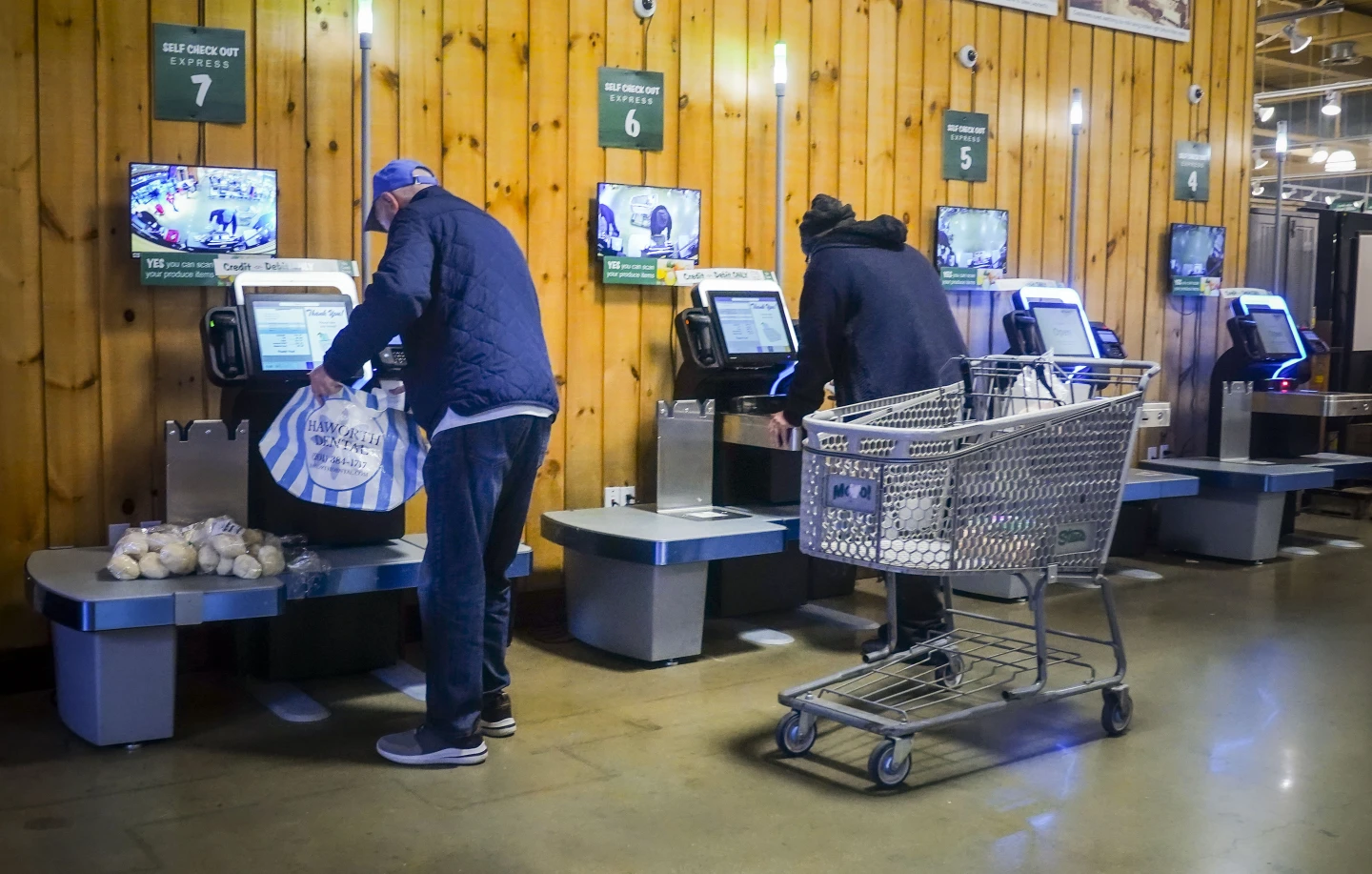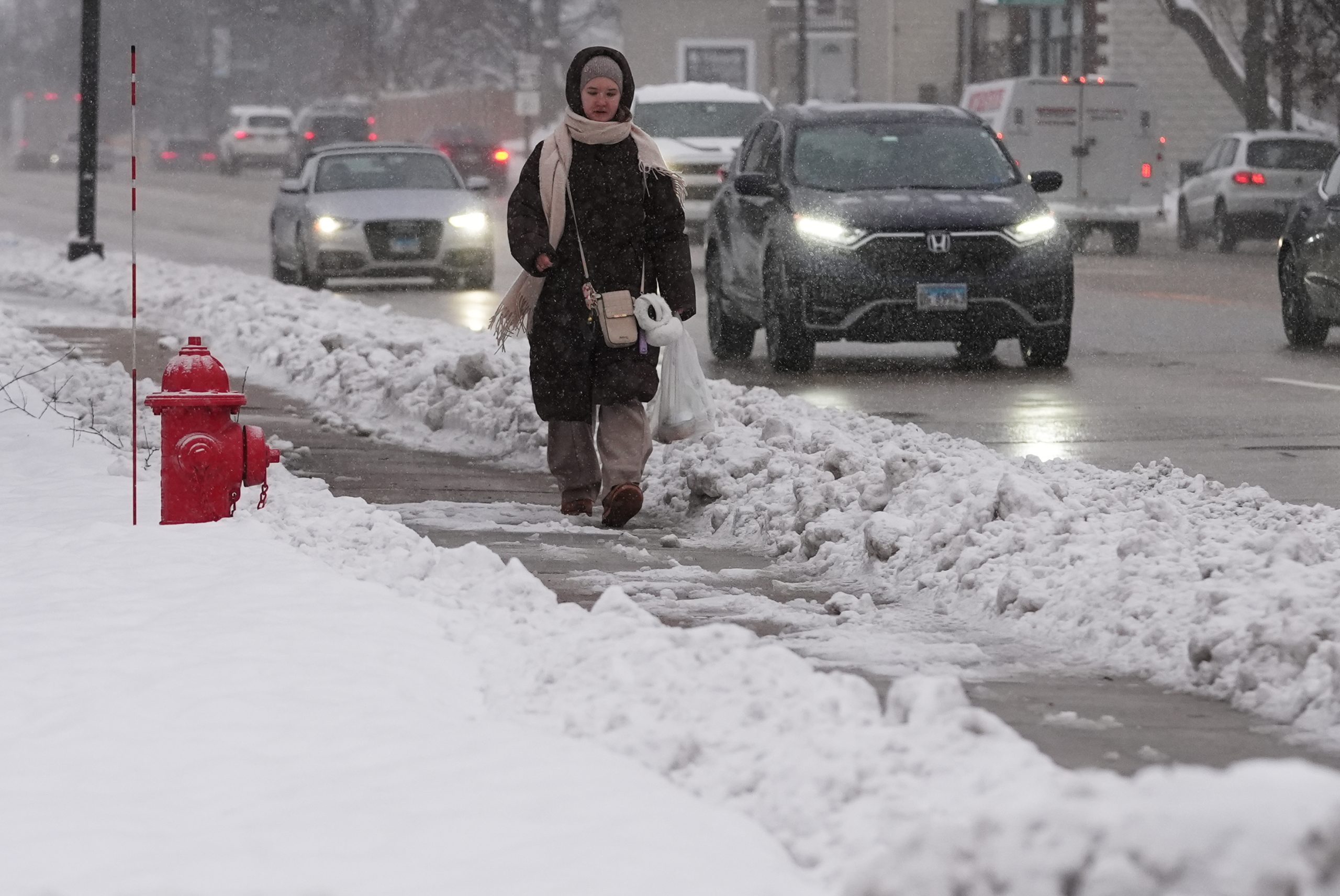NEW YORK (AP) — The promise of self-checkout was alluring: Customers could avoid long lines by scanning and bagging their own items, workers could be freed of doing those monotonous tasks themselves and retailers could save on labor costs.
All that has happened since the rollout of self-checkout but so has this: Customers griping about clunky technology that spits out mysterious error codes, workers having to stand around and monitor both humans and machines, and retailers contending with theft.
“Going to the grocery store used to be simple, and now it’s frustrating,” said Cindy Whittington, 66, of Fairfax, Virginia. “You’re paying more. You’re working harder to pay for merchandise at their store. And it’s become an ordeal to check out. I should get a 5% discount.”
In 2021, self-checkout usage represented 30% of transactions, almost double from 2018, according to a survey of retailers by FMI, an industry group. And 96% of retailers surveyed offer self-checkout.




